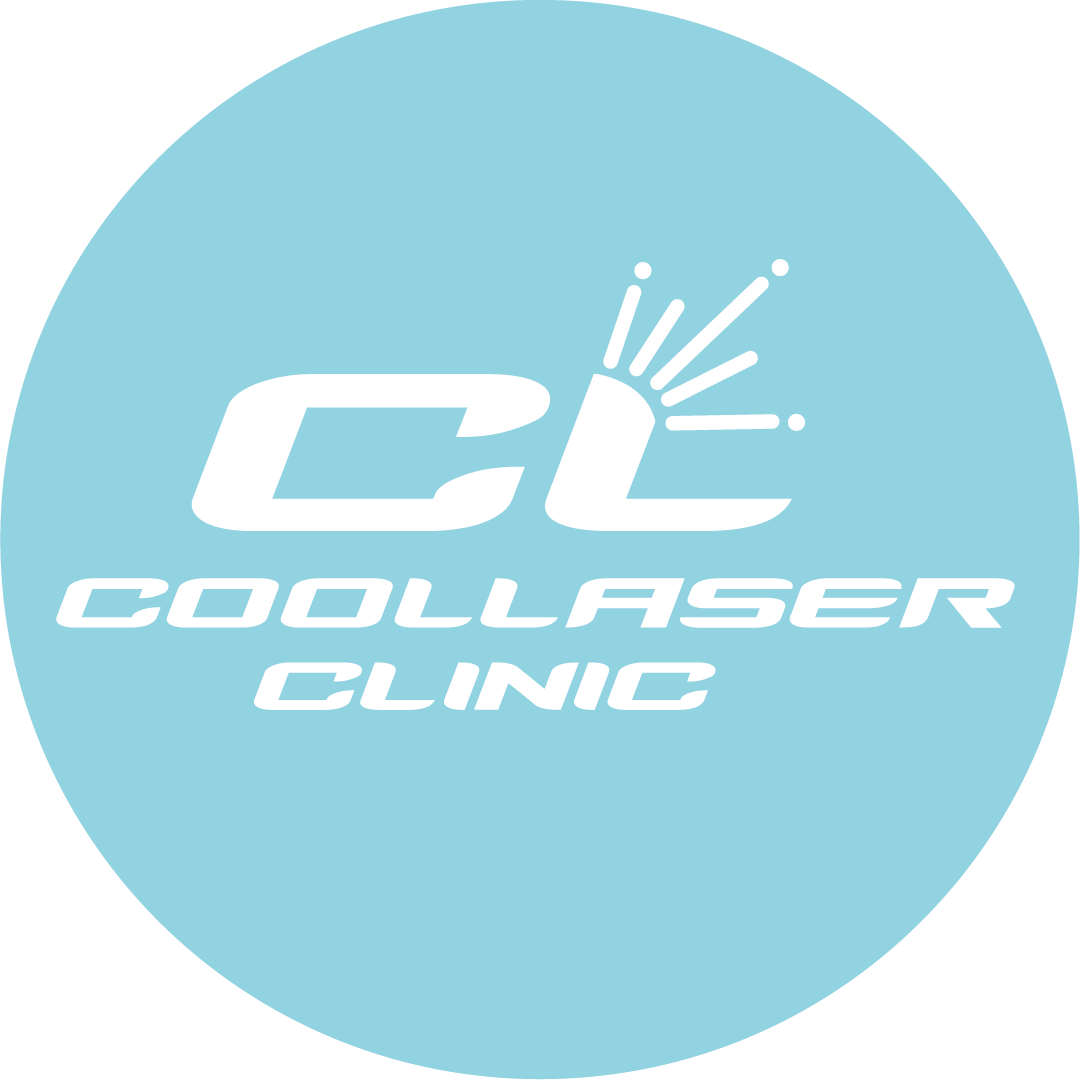Treatment of multiple sclerosis with stem cells in Kyiv
Stem cells for the treatment of multiple sclerosis in Kyiv have been used for a long time. The history of the use of cellular technologies in Ukraine goes back several decades.

Table of contents
- What is multiple sclerosis? Treatment of multiple sclerosis
- Stem cells – what are they?
- Stem cells of the umbilical cord blood
- Bone marrow stem cells
- Adipose tissue mesenchymal stem cells (adipose MSCs)
- How does it work?
- Procedure for the treatment of multiple sclerosis with stem cells in Kyiv
- What does stem cell treatment give?
- Results (reviews) of MS treatment with stem cells

What is multiple sclerosis? Treatment of multiple sclerosis
Multiple sclerosis (MS for short) is an autoimmune disease that damages the brain and spinal cord. In the presence of multiple sclerosis, the body’s immune system mistakenly “attacks” myelin, the protective layer surrounding nerve fibers in the central nervous system, and destroys it. This leads to inflammation, demyelination (loss of the myelin layer) and the formation of “plaques” in the brain and spinal cord.
Myelin is responsible for the transmission of impulse signals in the nervous system. Therefore, myelin damage leads to impaired transmission of nerve impulses. This can cause a variety of unpleasant symptoms:
- We loss of vision
- speech impairment
- loss of muscle mass
- impaired movement and coordination
- problems with urination
- sexual problems
- fatigue
- loss of immunity
- problems with memory and perception of reality
- damage to the spinal cord

Multiple sclerosis cannot be cured completely. However, there are tools that can help reduce the frequency and severity of exacerbations, as well as maintain the patient’s quality of life. Individualized treatment and support programs for MS at an affordable price are offered by the Coolaser Clinic in Kyiv.
What are stem cells?
Stem cells are a special type of cell with the potential for self-healing. They are able to transform into other types of cells that make up the organs and tissues of the body. This is, literally, a treasure and the basis for the development and recovery of the body. Stem cells are involved in tissue growth and repair.
Two main features of stem cells are:
- Self-renewal: they are capable of multiple divisions, which allows them to renew themselves and maintain their population in the body.
- Differentiation: stem cells are able to differentiate into different types of cells (nerve, muscle, bone, hematopoietic, skin). They can
turn into special cells needed to repair or replace damaged tissues.
Stem cells are widely used in modern therapies, in particular, for the treatment of multiple sclerosis.
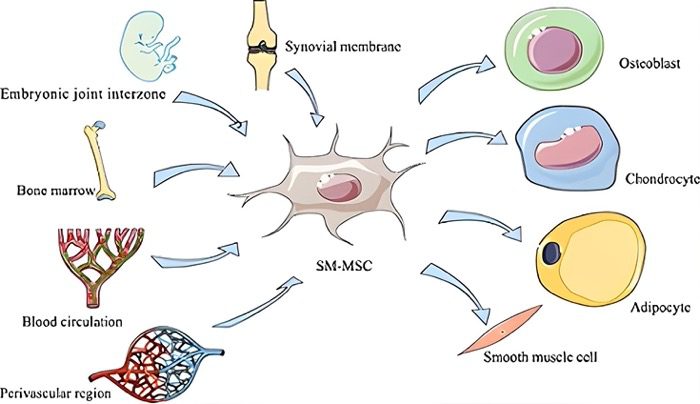
Where do stem cells come from? The material can be obtained from various sources, such as umbilical cord blood, bone marrow, adipose tissue, and others. Each type of cell, depending on its origin, has certain features and benefits and is used for treatment accordingly.
Umbilical cord blood stem cells
They belong to the postnatal (“adult”) stem cells, but of all the cells of the mature body, they are the least differentiated. What does this mean? If necessary, they can be used for a wide range of diseases, because they have the greatest “repair” potential and are able to turn into cells of the organs or tissues that need to be “repaired”.
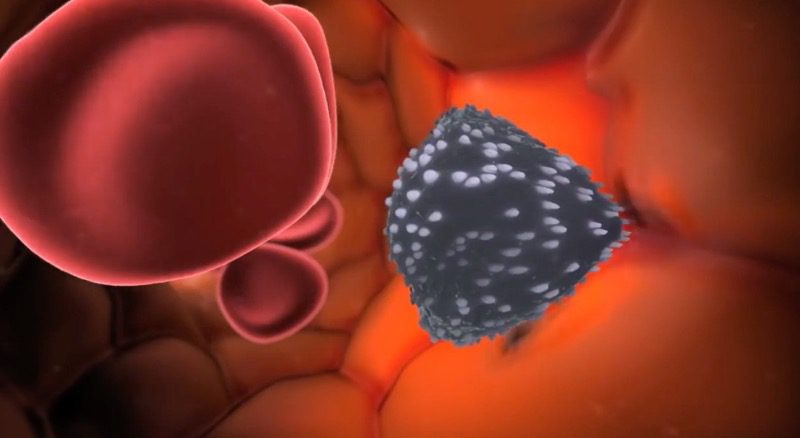
The stem cells contained in the umbilical cord blood (also called hematopoietic cells) are responsible for the renewal of blood cells and the formation of immunity. They are used primarily for the treatment of blood diseases and disorders of the hematopoietic system – leukemia, sickle cell disease (up to 80% of cases), in case of bone marrow failure, immunological defects, some genetic diseases, as well as for the restoration of immunity after illnesses.
Modern medicine makes it possible to combine cord blood samples taken from two donors, which allows them to be used in adolescents and adults when one portion of blood is not enough. The first successful transplantation of cord blood stem cells was performed in Paris in 1988 to treat Fanconi anemia. This is a dangerous hereditary disease. The umbilical cord blood of his sister was used to treat the sick boy.
Benefits
The main feature of umbilical cord blood stem cells is that they can be autologous, i.e., their own.
Parents who have preserved the umbilical cord blood (and often also the umbilical cord and placenta) of their newborn child provide him or her with lifetime insurance in case of illness or injury. Every year, the world makes new medical discoveries related to the use of stem cell preparations. Therefore, in the future, a child who has such “insurance” will receive guaranteed cures for many possible diseases. Given that the isolated stem cells are autologous, there will be no immune conflict during transplantation, and the new cells will not be rejected by the body.
One of the advantages of cord blood collection is the complete safety and painlessness of the process.
Obtaining stem cells from this biological material, as well as from the umbilical cord and placenta, does not contradict any ethical standards.
Autologous stem cells can be used not only directly for the child from whose blood they are isolated. In some cases, they can also be used to treat siblings, sometimes one of the parents, because there is a possibility of immune similarity with the donor’s relatives.
The stored stem cells can also be used to produce a biological product that is used for cosmetic purposes and to rejuvenate the body. (The rejuvenation procedure is also available at the Coolaser Clinic in Kyiv).
Bone marrow stem cells
A large number of hematopoietic stem cells live in the bone marrow. Bone marrow is a spongy material that is located in the center of most bones in the body.
The bone marrow works as a factory of blood cells, constantly producing new hematopoietic stem cells. Bone marrow transplantation is hematopoietic stem cell transplantation, which began in the 1950s.
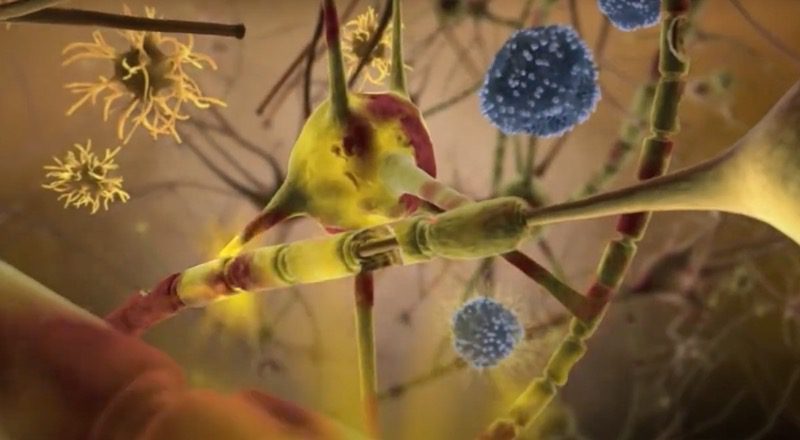
Advantages of bone marrow cells:
The ability to obtain the required amount of cellular preparation even from an adult organism, without first preserving the umbilical cord blood.
Adipose tissue mesenchymal stem cells (adipose MSCs)
This type of cell is present in large quantities in subcutaneous fat. They are used as an alternative to bone marrow stem cells and have a number of specific applications.
Mesenchymal stem cells from adipose tissue are used for their ability to trigger rejuvenation processes, repair damaged tissue, and suppress autoimmune diseases. They are most commonly used in orthopedics, cardiology, and for general health improvement – systemic rejuvenation and hormone regulation.
Benefits of adipose tissue cells:
Absence of rejections and other undesirable reactions of the body, risks associated with the use of donor and fetal biomaterials;
Availability in the adult body in large quantities. Easy and painless process of cell sampling.
How does it work?
In cell therapy, stem cells are administered systemically (intravenously) or locally (directly to the site of injury). The second option does not raise any questions, but the first option may not be entirely clear. How does the stem cell know where the injury is? But it is known that stem cells contain thousands of different receptors on their surface. It is thanks to them that they perceive the environment in which they find themselves and “decide” where to move.
The ability to find the site of damage is a natural ability of stem cells, the so-called homing. When the body has a large-scale lesion that local stem cells cannot cope with, stem cells from even distant tissues and organs join them.

A little background. The term “homing” is used to describe the movement or navigation of living organisms, including animals, to return to their home or place of birth. It is a natural phenomenon observed in many species. At the cellular level, homing reflects the ability of cells or groups of cells to move to a specific location in the body. This process is important for development, tissue remodeling, as well as repair and regeneration of damaged organs. Cell homing is usually associated with the influence of various signaling molecules. An example of cell homing is the migration of leukocytes to sources of inflammation in response to inflammatory signals.
At the Coolaser Clinic Medical Center in Kyiv, intravenous administration of a cellular drug is used to treat MS. This option is fully justified and medically sound. Since injecting directly into the lesion (brain or spinal cord tissue) is associated with certain difficulties, specialists have developed a protocol for the intravenous administration of the prepared material. Further, due to the properties of homing, stem cells are independently localized in the areas of neuronal damage.
Procedure for the treatment of multiple sclerosis with stem cells in Kyiv
The mesenchymal stem cell treatment protocol involves a preparatory course, obtaining cellular material and direct injection of biomaterial with subsequent patient monitoring. After a certain time, a repeat procedure may be recommended.
The treatment includes the following stages:
- Consultation with a specialized Coolaser Clinic specialist.
2 Laboratory tests: urine analysis, complete blood count,
biochemical blood test, blood group and Rh test, coagulogram.
- Collection of biomaterial (if the patient’s autologous cells are used).
- Cultivation (reproduction) in a biological laboratory.
- Screening of cellular material for infections (safety check).
- Introduction of the prepared material into the patient’s body.
- Adherence to a certain regimen and doctor’s recommendations (this may include limiting physical activity, excluding toxic and heavy foods from the diet, avoiding too high and too low temperatures).
- If necessary, repeat consultation with a specialist.
As part of cell therapy for multiple sclerosis, your own or donor cells can be used.
Transplantation (use) of own stem cells of bone marrow, blood and other tissues is called autologous transplantation. If donor biomaterial is used, such a transplant is called allogeneic.
What does stem cell treatment for multiple sclerosis do?
Stem cells turn into other cells of the body (blood, skin or nerve tissue) and restore damaged organs, systems and their functions.
In particular, the myelin layer is damaged in MS. In addition, patients who have undergone treatment note the following changes
- metabolic process is activated;
- emotional background is normalized;
- sexual function improves;
- immune system is strengthened.
Benefits of stem cell therapy at Coolaser Clinic.
1) No transmission of infectious agents – the patient is the donor of stem cells, and even in the case of allogeneic transplantation, the product undergoes a comprehensive test.
- No risk of rejection – stem cells are low-immunogenic, meaning they do not cause an immune response to themselves.
- Avoidance of surgery – stem cell transplantation is usually performed by infusion or injection. There is no risk of cuts and scars after surgery.
- Minimum recovery time. Recovery time after surgery and other types of treatment is usually very long. After stem cell therapy, the patient can return to normal life the same day.
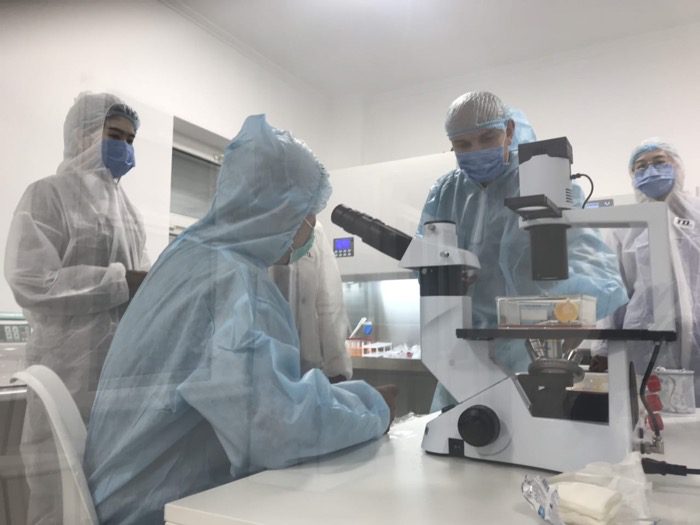
It is also important to note the use of stem cells for the treatment of
pathologies in which traditional medicine cannot help. Stem cells are often the last hope of such patients, and their treatment gives a chance even in the most difficult cases.
Safety.
The biggest myth and fear about the use of stem cells in disease therapy is the assumption that they can divide uncontrollably and give rise to a tumor. However, only embryonic stem cells, which are not used for therapy, are capable of forming teratomas, embryonic tumors, after transplantation. Regenerative medicine uses exclusively multipotent stem cells of postnatal origin or derived from an adult organism, which are not capable of forming tumors, which has been confirmed by numerous preclinical and clinical studies. Since the use of stem cells is an innovative approach, their use is very carefully controlled by the U.S. FDA (Food and Drug Administration) and other organizations.
Results (reviews) of treatment of multiple sclerosis with stem cells
According to a woman who underwent cell therapy, her life has completely changed. There is no longer a need to constantly take treatment for multiple sclerosis, and the disease’s symptoms have disappeared. The quality of life has increased significantly and
and is almost close to a healthy state. Another testimonial about the surgery, also performed in Kyiv. The woman, aged 39, had been suffering from multiple sclerosis for 4 years. The treatment she had been taking had slightly alleviated the course of the disease, but the periods between exacerbations gradually began to decrease, and the remission became shorter. Based on the patient’s health status and the severity of the current disease, the doctors decided that the operation was necessary.
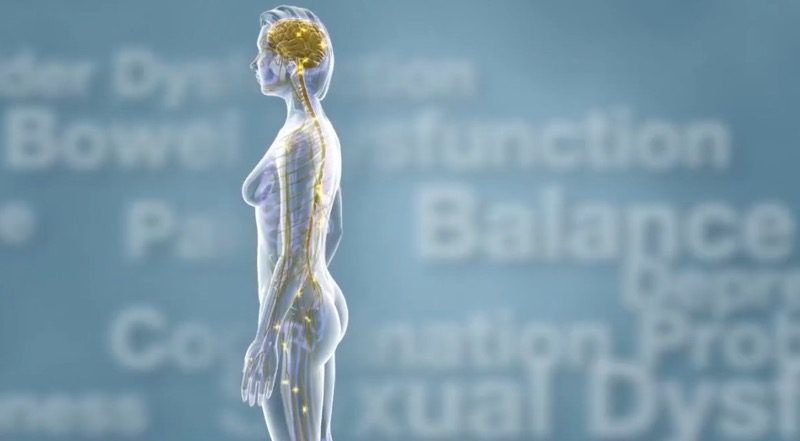
Recovery after the surgery lasted about 1.5-2 months; then the trembling of the arms and legs, which was especially disturbing to the patient, significantly decreased, and the mental and emotional balance was restored, the woman stopped suffering from initial stage enuresis, and gained confidence in her abilities.
According to the observation of groups of patients who received cell therapy, the following effects are observed:
- Improved health and appearance of the patient.
- Improved function of all internal organs.
- Accelerated rehabilitation after injuries or surgeries.
- Improved physical and mental performance.
- Increased antiviral protection.
Calculate how much does the treatment of multiple sclerosis cost
Leave your details and we will contact you for an accurate assessment of treatment

Coolaser Clinic is a leader in the field of cell therapy in Kyiv. The high quality and effectiveness of treatment is guaranteed. With the help of stem cells, patients can significantly improve their quality of life and get rid of unpleasant symptoms.
We have extensive experience in the field of cell therapy and use only the most modern methods of treatment that meet the European level. The clinic also provides a high level of comfort for patients and affordable prices for the treatment of multiple sclerosis in Kyiv.
Specialists in the procedure
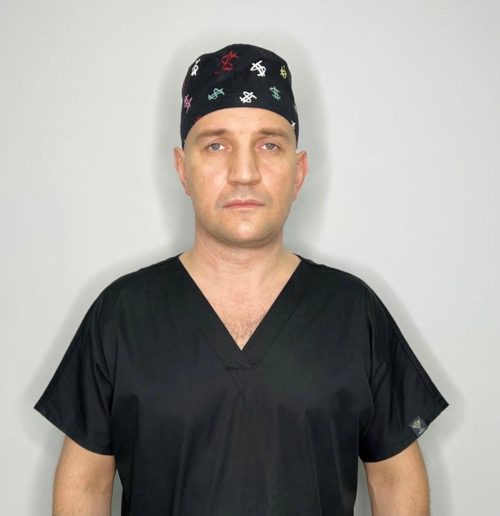
Kovalchuk Andrey
Associate Professor, surgeon, biotechnologist
Useful articles

Average prices of stem cell treatments in different countries The prices of stem cell treatments for various diseases are becoming more and more interesting as medical tourism is gaining popularity […]
Reviews
